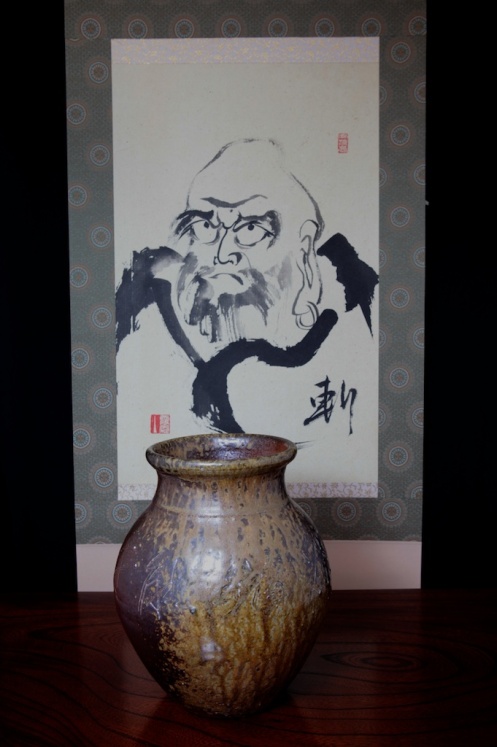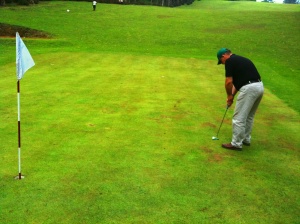From Shiro Kuma's Weblog by kumablog

Bô against biken
When we train the techniques of the different weapons or ryûha we often skip this important part of the training which is the kaeshi waza.
Kaeshi waza is for me the essence of our budô as it is vital to know how to overcome any technique. Countering is always implied in a technique. In a real fight you will have to apply those “aite to kumu kokoro gamae” in order to keep the advantage over the attacker.
In the buki waza dvds (jo, biken, bô, yari, and naginata) I have included those kaeshi waza into the basic forms to give the students a better understanding of them. We did the same for each technique of the shoden, chûden, okuden, and keiko sabaki gata of the kukishin bô.
Once the forms have been acquired, you have learn the omote, with the ura you enter the hidden side of reality. Those two aspects of waza are intimately intertwined and missing the kaeshi waza is like walking with one leg!
In each technique there is a kankaku (feeling) that you must find. Once this feeling understood, you can use it against the waza and understand the real depth of budô. The developing of the ura side of the waza is the gokui (essence) of the bujinkan as it triggers our creativity and foster our imagination in a new powerful way.
Kaeshi waza is the ura of the omote, the kaitatsu of the waza, the jissen of the jissen.






…


 …
…
 …
…
 …
…
 …
…
 …
…

